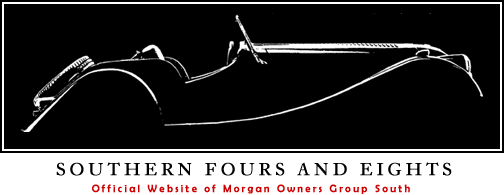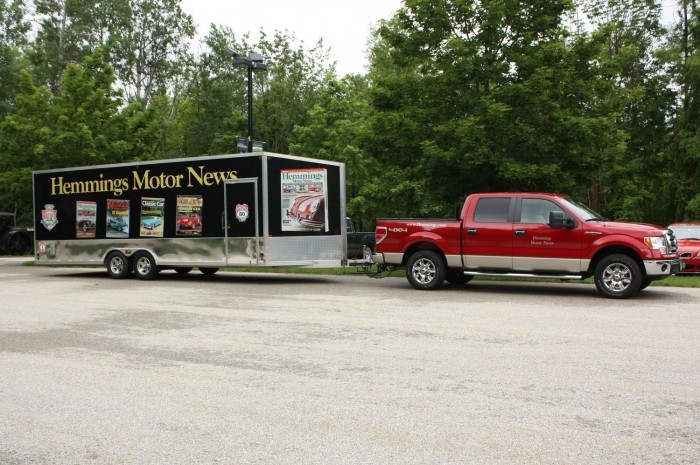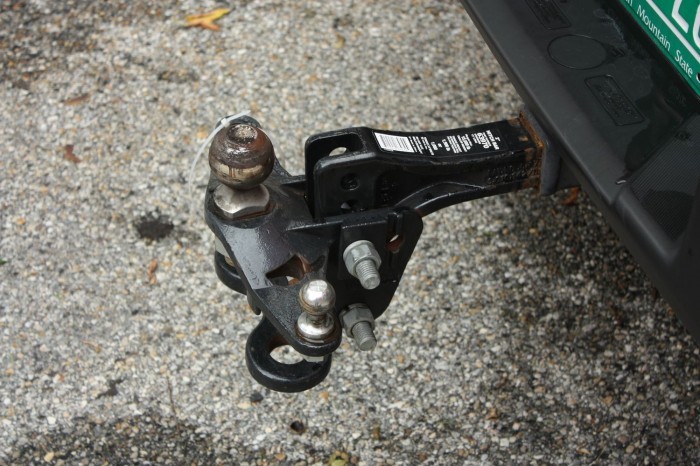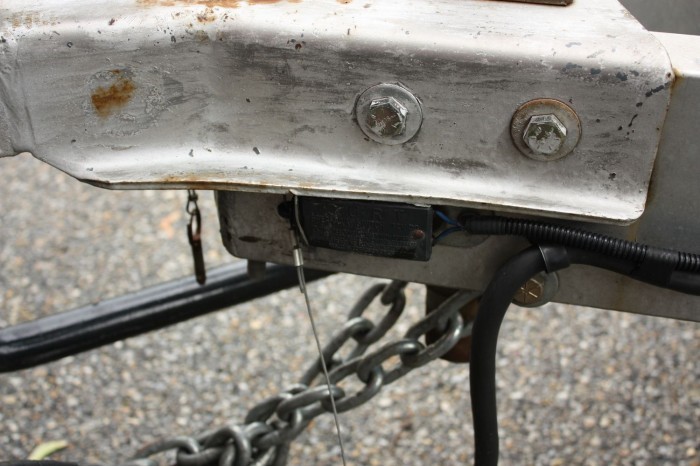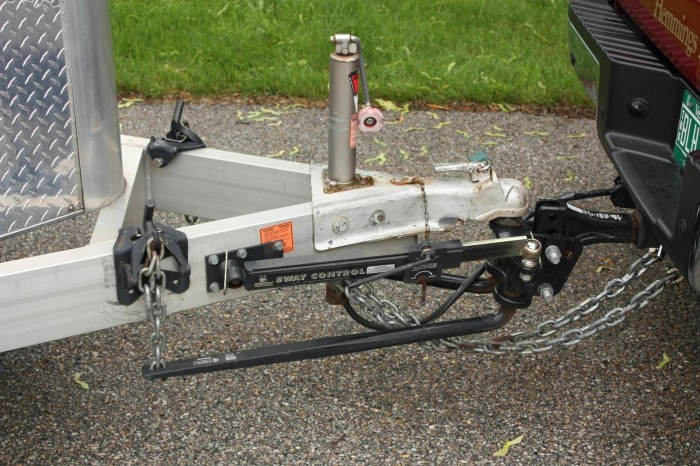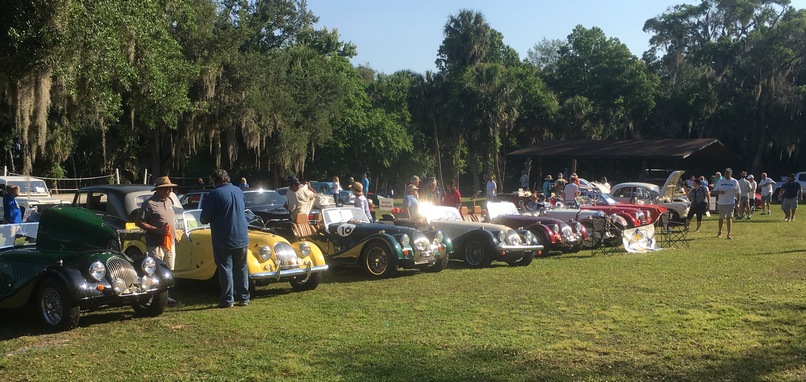2019 GatorMOG Spring Noggin’ – Event Report
The Panhandle British Car Association’s All British Car Show – April 27th 2019 (GatorMOG’s Spring Noggin)
In this age of plastic simplicity, push button ease and instant satisfaction I find I am drawn to the less than optimal, fiddly to make work, greasy beasts of the past. I just smile when they run.
Start them up with a bit of this and that, then a bark with a gurgle and a wiggle, and a shot of soot out the back and it’s going. Good stuff and I smile. My expectations are different for the older things. Certainty is not a given, and not really an expectation. Something I fear is lost on the young.
Pensacola looms large. An event where the last count of Morgans was a big number. (We were hoping for 8 three wheelers!) Some of the old, some of the new, and lots in between. It’s was hyped as a GatorMOG activity but, in fact, many of the attendees came from locations across the MOGSouth region, many from outside of Florida. (Lance and Connie Lipscomb, Dwight Kinser, Bob Steele, Tony McLaughlin, Brian and Rosie Miller, etc.)
We traveled up from Orlando on Thursday with a plan to stop a few hours shy of Pensacola. We could have made it in one day, but why? We had the time, and I don’t want to drive all day. And, if I do, I am pretty useless the next day (and, I wanted to be functional on Friday.) Then an early departure with the promise of a morning arrival in Pensacola on Friday. The 1934 Super Sports three wheeler is in the trailer and I am using the new tow vehicle, the 2018 F-150 truck, to pull the thing. Modern machinery enabling old machinery.
We have Ian and Barbara Shelmerdine in our truck as well. It has a crew cab, not the ‘super’ crew cab, so only occasional seats. So, this is one of those occasions. Good thing Ian and Barbara are not too tall. These seats are just ok, and preferable for a short trip. Oh well, it was the best we could do.
The new trailer tow vehicle works as expected, and it tows well. I fixed the source of the erroneous messages I had been getting on previous hauls ‘trailer disconnected’ and the like. The trailer-to-truck umbilical cord had gotten frayed and laid bare a wire or two. When I hauled the F Super project car to Fred Veenshoten’s home, a few months back, we found the problem and corrected it. All good now!!
Our arrival on Friday provided us with enough time to check into the hotel (the Pensacola Grand Hotel) and get in line for the tour of the Naval Aviation Museum on Friday afternoon.
The designated car show hotel was the Pensacola Grand Hotel. The hotel lobby, bar and restaurant, reception area was what used to be Pensacola’s train station. Very cool! It had character and patina, and maybe wasn’t as Grand as it used to be, but lots better than a modern, non-descript hotel along the highway. And, it was just a block or so away from the show field and had a large parking lot for the trailers. It worked out perfectly for our travelling bunch.

What can I say about the Naval Aviation Museum. It was awesome!! Well, that is, of course, if you like aviation stuff. It started with a trolley ride around the outside aircraft displays. They have a good number of unrestored or more recent aircraft outside on the tarmac. The trolley bus tour had a tour guide who provided commentary about the various displays and doubled as the bus driver. The tour took us about an hour. Then back inside the Museum we had a guided tour of a lot of the displays and vignettes, early aviation experiments, and world war one biplanes. Lovely stuff. Then more modern, World War II fighter planes, Navy stuff specifically, Dauntless, Marauders, Warhawks, etc. A few flying boats and patrol aircraft but all the planes seemed to have been flown by the Navy?? Well, I guess it was a ‘Naval’ museum after all!! And, in my opinion (regardless of the Navy bit) well worth the trip to Pensacola!
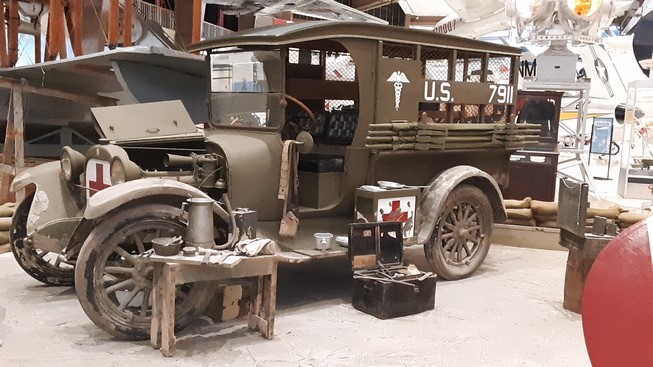
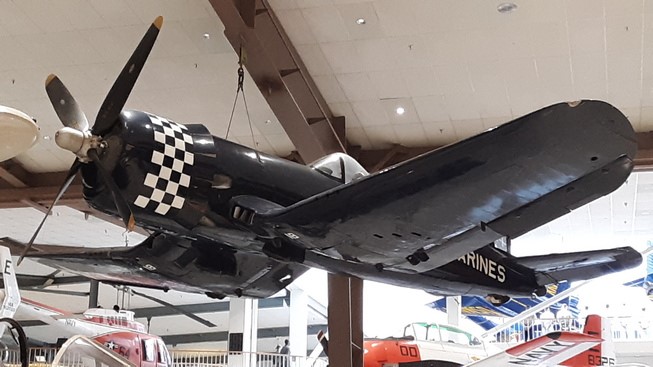
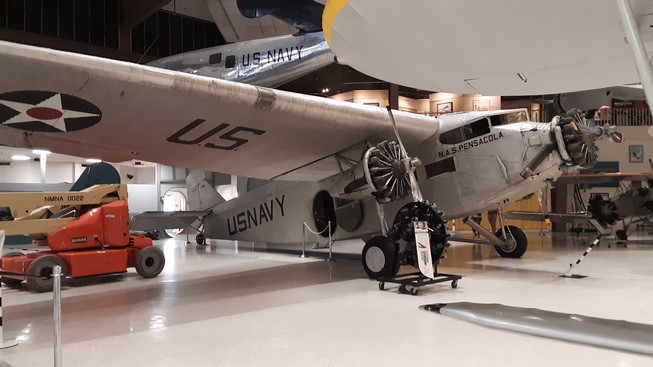
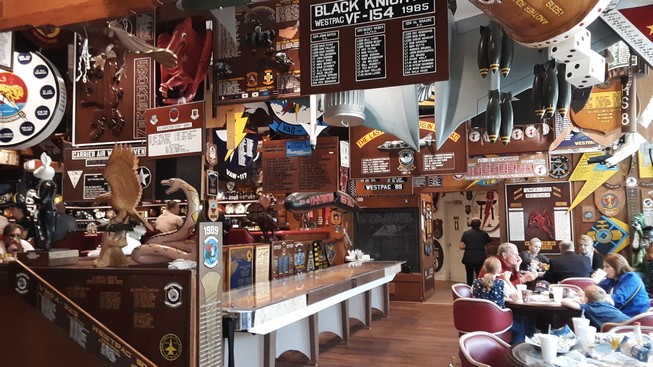
On Friday night the local All British Car Association, our host of the show, had their ‘Meet and Greet’ at the Pensacola Museum of Commerce. The show turned the Museum of Commerce into a wonderful reception hall and had a full buffet dinner to keep us all happy. And, we had a blast. I’d guess some 100 folks or more attended the Meet and Greet. The Museum was a treasure trove of neat things to look at and perfect spot for the meet and greet. It was close, we actually walked to it from the Hotel!
Folks from the local club all came with their hot plates, slow cookers and chaffing dishes full of tasty things and fed us until we couldn’t eat any more. Beer and wine, as well as soft drinks were on ice. Even some lovely desserts were provided. (I know, my diet!) The hospitality of the Pensacola club has to be commended and we certainly hope we can reciprocate, in kind, should they come our way!
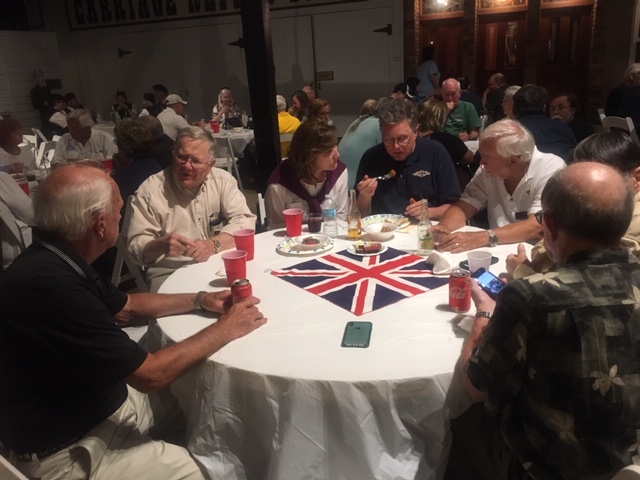
Back to the hotel and into bed. It was late (well, not really, but we’re old . . .) The show was on Saturday after a breakfast buffet of sorts, we headed to the show field. A convoy of Morgans. Five Morgan three wheelers, and a few more Morgans cars. It wasn’t far, really just strait down the road about a half of mile. We did make an impression, however. Pensacola hadn’t seen that many Morgans . . . ever. They had two classes for Morgans. A three wheeler class and a (go on and guess!!) a four wheeler class. We had 6 three wheelers. 4 Old and 2 new. We had hoped for another vintage three wheeler but heard there was a family crisis. The three wheelers out-numbered the four wheelers for a while, but then things changed.
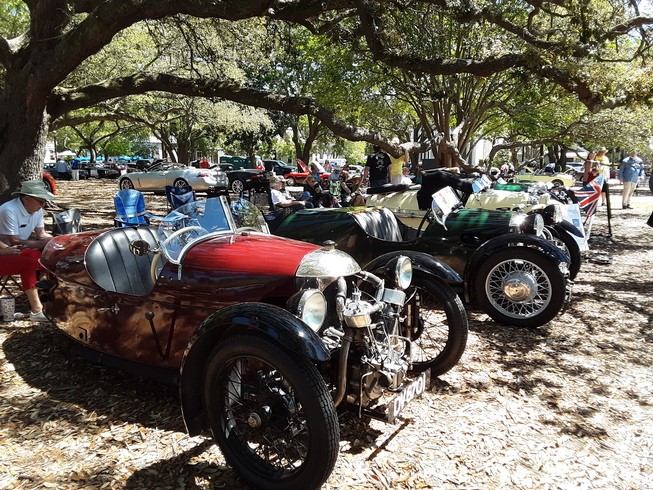
The locals arrived and a few more cars from other places showed up and we ended up with 8 four wheelers. A local Morganeer was hoping to finish sorting his Plus 4 but didn’t get there. Still a tremendous showing of Morgans! And, all but one of the 14 Morgans on the field were piloted by MOGSouth members!!
We found lunch right next to the show venue in a nice café adjacent to the park. There were lots of animals about as well. I saw a Humane Society truck go by and I was told that the show venue was also part of a ‘Paws in the Park’ event hosted by the Pensacola Humane Society. The weather was great and the dogs didn’t disrupt a thing, certainly not our car show.
Big congratulations go to Rick and Sam Frazee, Lance and Connie Lipscomb and Andrea and I as awardees in the Morgan Three Wheeler Class. Larry Erd with his lovely S2 4/4 took 1st Place in the Four Wheeler Class. Fred Fink’s two tone was Second. All MOGSouth Members!!!
Tom Schmidt, as Pensacola local, won the third place trophy but he wasn’t there with the car. I guess he had another car in the show? Not sure.
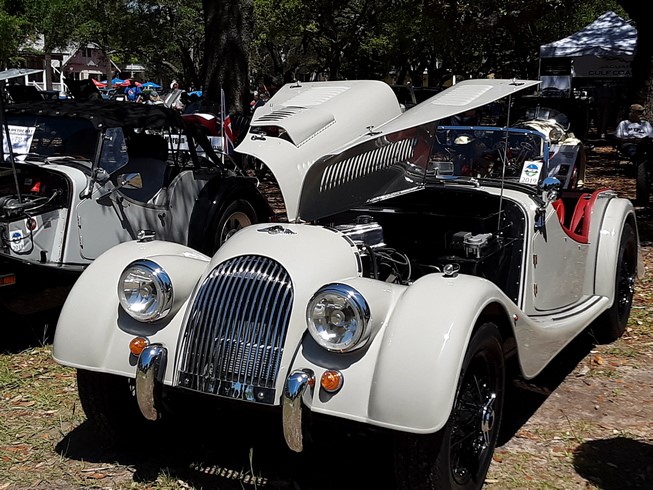
We tried valiantly to have a group gathering after the show, but it was not to be. Finding a watering hole on Saturday night was almost impossible. We didn’t realize it, but it was not only ‘date’ night, but it was ‘prom’ night and every eatery in town was overloaded. Even our hotel was a mess with a ‘wedding reception’ for a very, very large wedding. Crowded!!
Parking at the hotel (during a wedding reception) was at a premium, even with it’s large open lots. It seemed that every available spot was used. I couldn’t even put my car back into my trailer after the show as someone had parked in front of it. I was at least able to park the trike in the lot, but not in the trailer. So, I put the tonneau cover on it and walked away, best I could do.
Then we were on the hunt for a beer (and dinner). It was a long and dry hunt. We almost went to bed hungry. One spot we tried, had some 200 (or more) folks in two separate lines falling out the door and covering both sides of the building. Wow! I don’t have that kind of patience. I just don’t know how they managed??
Another place wanted us to wait about an hour and a half hour for a table and then, who knows what for service? They said they were under staffed? After a lot of going left, then right, we finally found a table at a Carabbas restaurant, with only a 15 minute wait. And, of course by then we had lost most of the Morgan group. We ate at two different tables in two different groups. Better than nothing. Then back to the hotel. It was an early night. We were all pretty beat and a few of us were suffering with the start of a cold or allergies or something.

We were lazy on Sunday morning. We had a plan to leave at 9 AM but finally got under way closer to 10 AM. We really weren’t in too much of a hurry. We just had to get down the road to Gainesville, FL. A hot shower and then something to eat at the Hotel’s restaurant. I dawdled some. I still had to get my car back into the trailer and wasn’t convinced that the parking lot issue would have been resolved. I envisioned a late night for those attending the wedding reception dinner. As I was poking around in the parking lot the guy that had parked in my way finally moved his car. He was pretty much oblivious to the problem he caused.
I didn’t waste too much time and quickly loaded the car into the trailer. I hooked the trailer to the truck and was soon ready to roll. Rick Frazee had both his and John Stanley’s car in his trailer and we added John, in his Roadster, to our convoy and headed south.
The hotel in Gainesville was a Doubletree (quite nice) and we didn’t get there any too soon. I really was ready to stop. I needed a beer and rest from the road. Driving the trailer is not too difficult but it is a bit more stressful than just driving. It took me a while to stop vibrating (a couple of beers, if I remember correctly . . .)
It was a really good weekend and a worthwhile show. Only down side was the distance. Pensacola, albeit still in Florida, is still a good ways away from most places. And, to add to this distance problem was the route. Well, at least the one we took. It is boring! I-10 across the panhandle of Florida is definitely not a Morgan road. Straight and boring, mile after mile, with nary a sign of life. Still it was well worth the trip. Maybe next time, I won’t take a trailer!!
[Be sure to check out all the other photographs taken at the Museum and during the show. There were too many to include is this report so a Photo Gallery was created and posted to the MOGSouth Website. Enjoy!! Mark]
